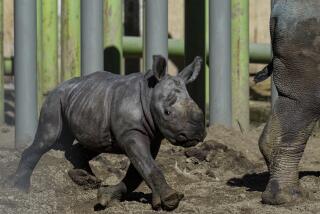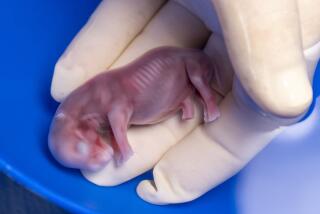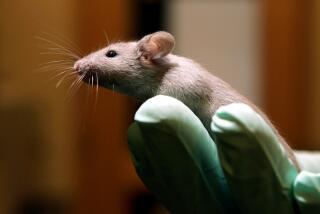There are no male northern white rhinos left. Can IVF save the species?
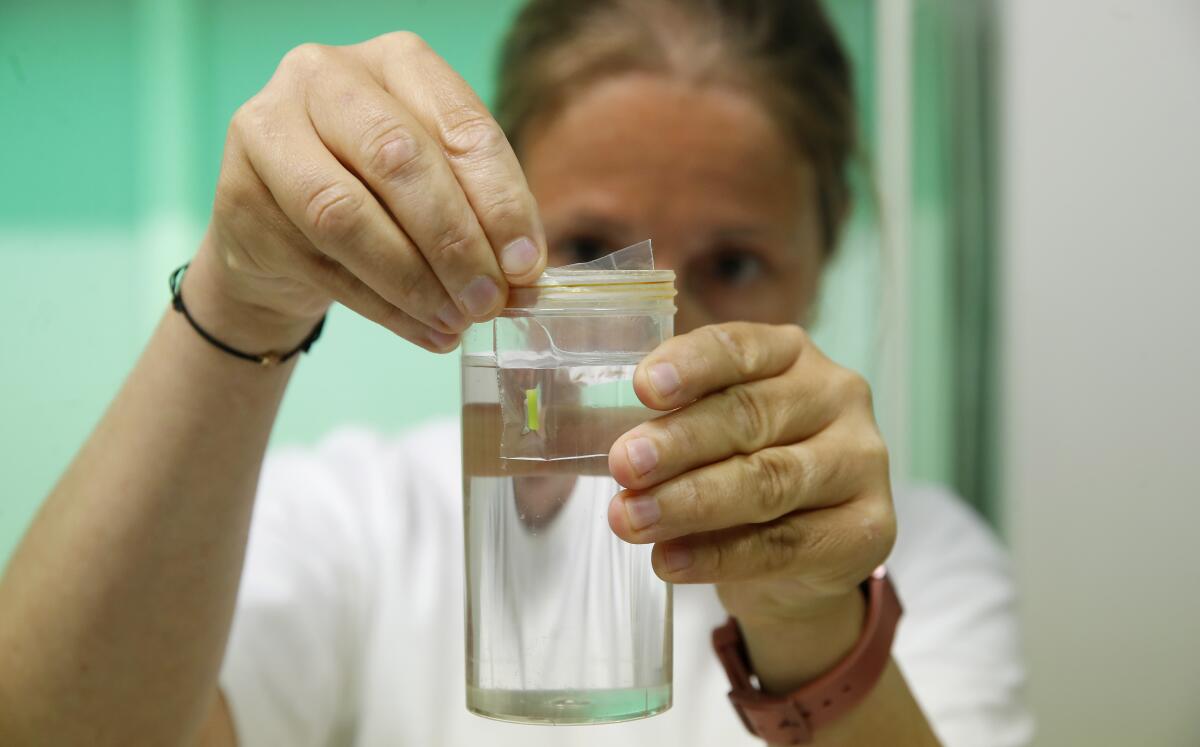
CREMONA, Italy â Silvia Colleoniâs hand trembled as she injected liquid into a pipette, preparing a sample of sperm for a delicate laboratory procedure.
The sperm had come from one of the last male northern white rhinos on Earth. All that remains of the species now are Najin and Fatu, two females in Kenya whose eggs were collected last week.
If those eggs can be fertilized with the once-frozen sperm, the species could have a future. If not, the northern white rhino could be doomed to extinction.
âIt does create a little emotion,â said Colleoni, who works for the Italian assisted-breeding company Avantea. âAfter it was over, I was calm, but itâs a manual task â any error, any slipping, if it falls, will result in irreparable damage.â
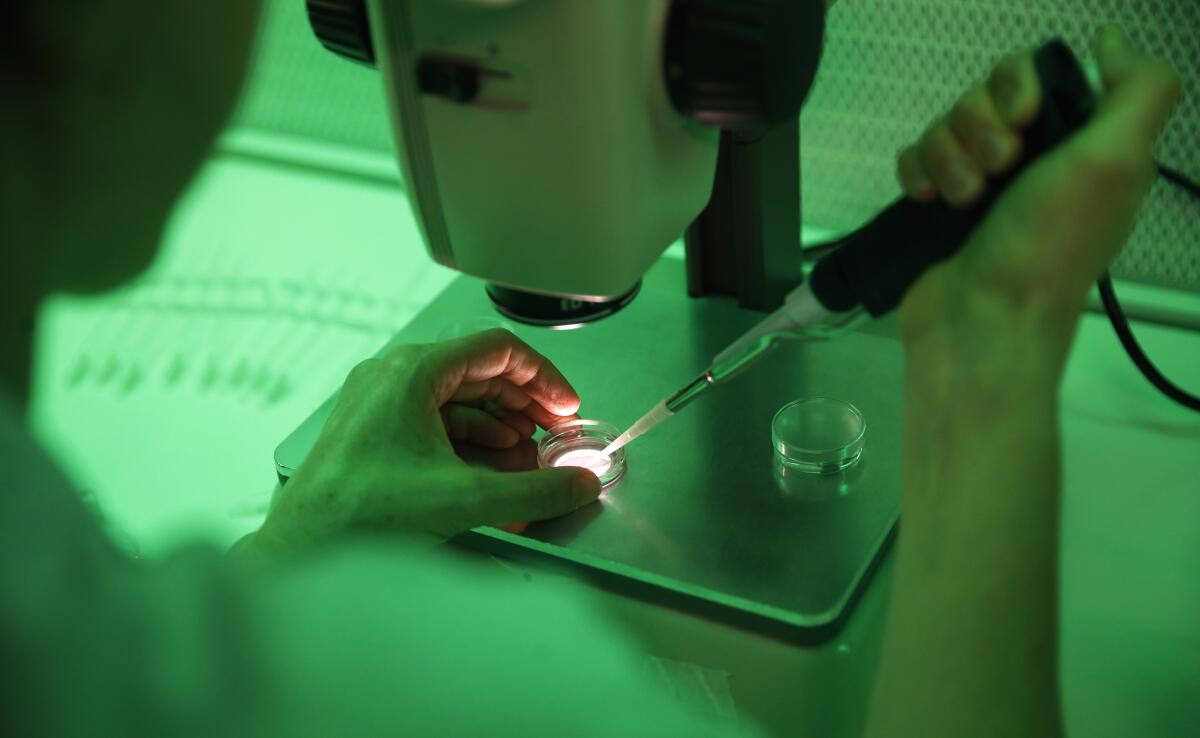
It will take about 10 days for researchers to learn whether the fertilization procedure carried out Sunday was a success. If all went well, as many as seven embryos could result, according to the company.
âWe expect some of them will develop into an embryo,â said Avantea founder Cesare Galli, an expert in animal cloning.
Any embryos would be implanted into a surrogate mother rhino, since neither Najin, 30, nor Fatu, 19, can carry a pregnancy.
The ultimate goal is to create a herd of at least five animals that could be returned to their natural habit in Africa. That could take decades.
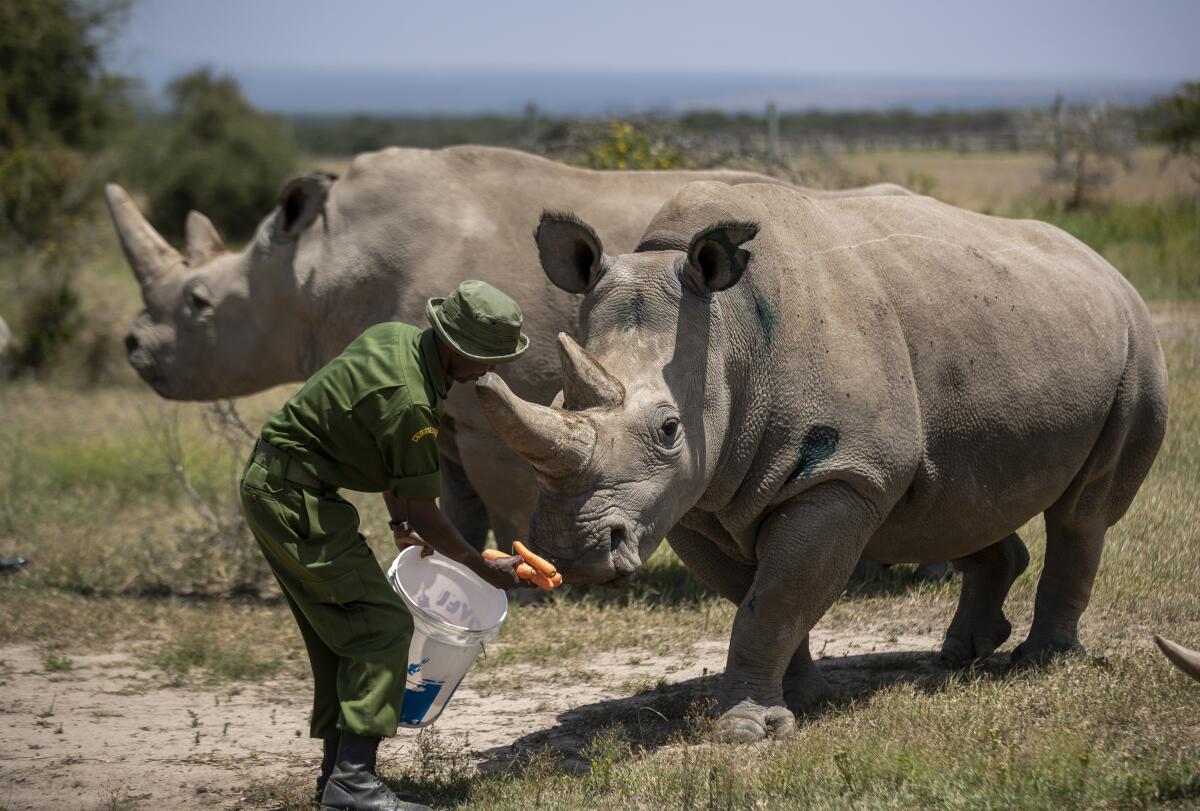
Decades of poaching decimated the northern white rhino. The last living male was a 45-year-old named Sudan, who gained fame in 2017 with his listing as âThe Most Eligible Bachelor in the Worldâ on the Tinder dating app in a fundraising effort. Sudan died last year of age-related complications.
Other rhinos â the southern white rhino and the black rhino â are also prey for poachers, who kill them for their horns to supply illegal markets in parts of Asia.
The sperm used Sunday came from two northern white rhinos named Suni and Saut who lived in a zoo in the Czech Republic, Galli said. Sperm from both bulls was used to enhance the chances of reproductive success, especially since Suni was the half-sibling of Najin.
Avantea said that only seven of 10 eggs extracted last week from the females in Kenya were suitable for use in the artificial insemination process Sunday.
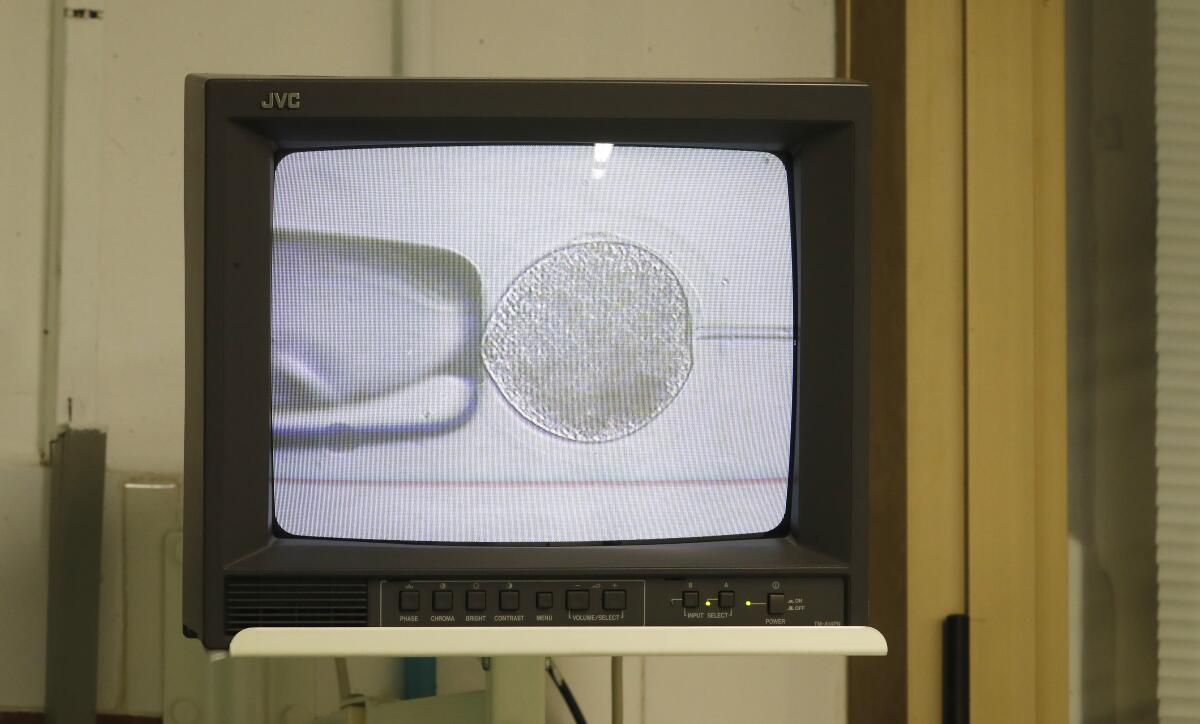
Colleoni recounted how, using joysticks, she guided the fertilization process. âIt takes so much concentration, a lot of attention,â she said.
She predicted âthere will be more tension, more emotionâ when she peered through a microscope to see if the fertilized eggs started dividing and growing into embryos.
Samples of Sudanâs sperm are still in Kenya, Galli said, raising the possibility that it could be used in future attempts to create more embryos.
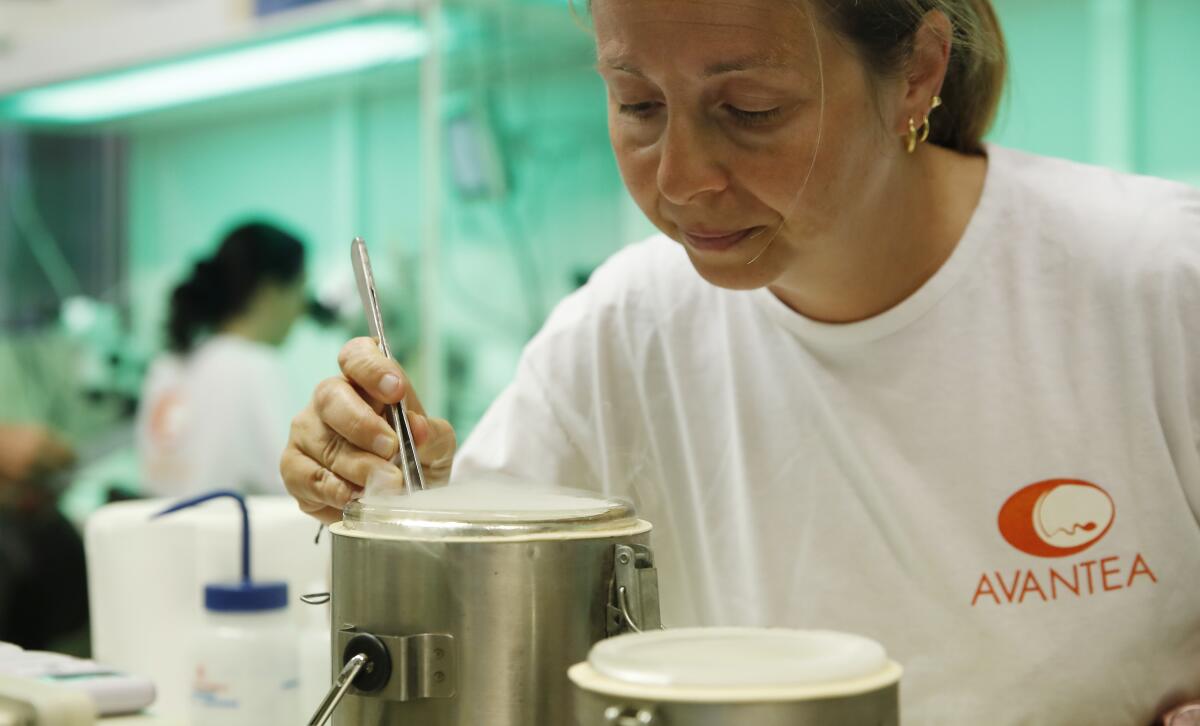
He added that to improve chances for a speciesâ continuation, it is better not to wait to âget to the last two individuals before you use this technology.â
The efforts to save the northern white rhino species have been led by the Leibniz Institute for Zoo and Wildlife Research in Germany, Avantea, the Dvur Kralove Zoo in Czech Republic, the Ol Pejeta Conservancy in Kenya and the Kenya Wildlife Service.
